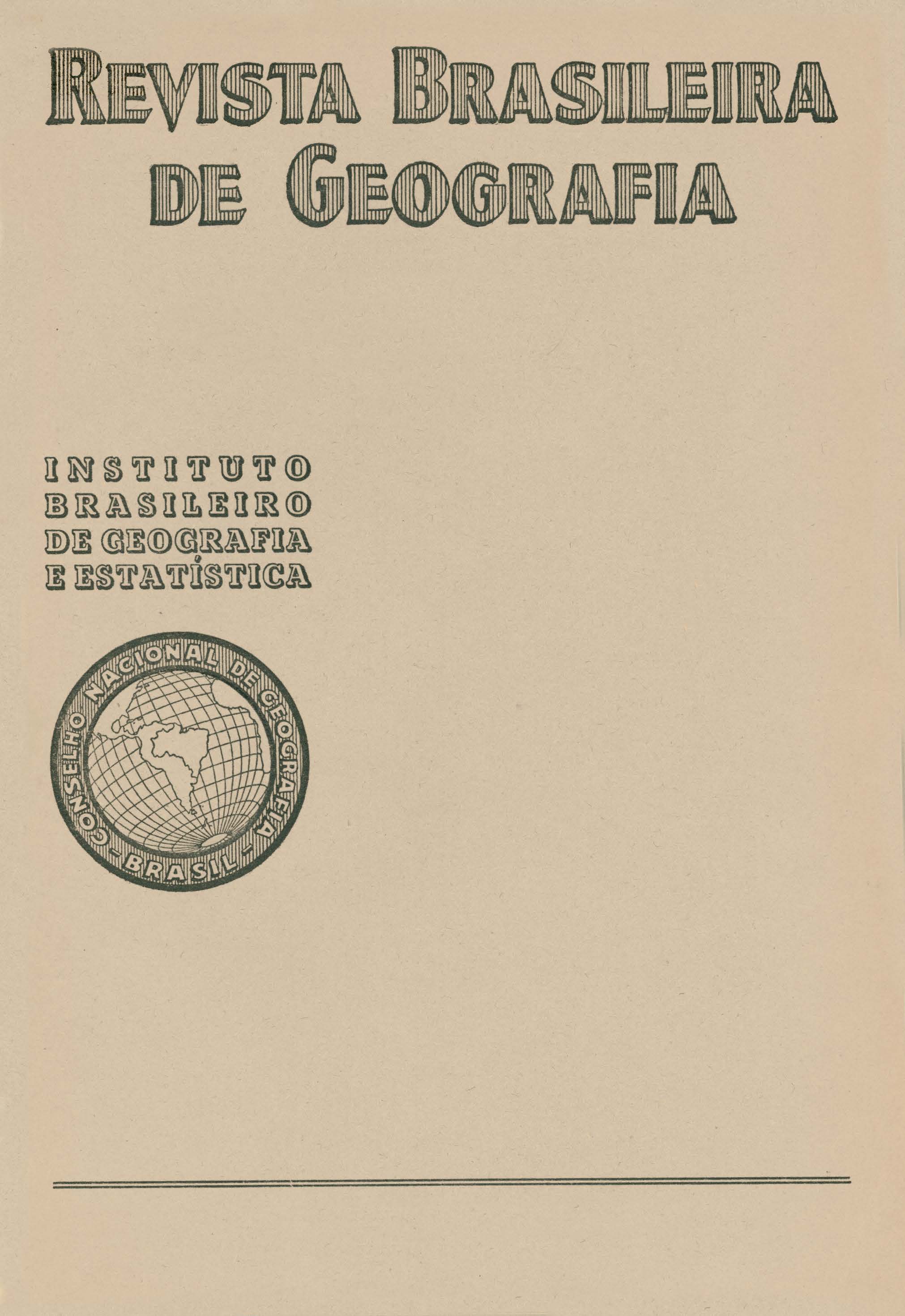Dez anos de ensino superior de geografia
Keywords:
Geografia;, Ensino Superior.Abstract
The author, Prof. Aroldo de Azevedo, Professor of Brazilian Geography at the University of São Paulo, presents a study of the teaching of Geography in the University as a result of personal observations.
Initially he says that the first obstacle the Professor in any department of the University encounters is the lack of basic training of the students in various subjects principally in Geography when they plan to specialize in that course. There are several reasons for this deficiency, but above all it is the result of the student having had poor instruction in high school. It is striking that not only is that" deficiency caused by a lack of a sound philosophical base but also by a lack of general knowledge about essential data on the History of Civilization, the History o f Brazil and o f our own language.
Generally the student enters the College of Liberal Arts believing that his work at the University will be a continuation of what he learned in high school. He is ignorant of the fact that each school has different methods and aims in its teaching. The result is that the student has serious obstacles to overcome: 1) no longer having textbooks it is necessary that he think for himself, and, 2) that of being immediately required in the University to do research, which is indispensable for the geographer.
The author says that the unwillingness to do research and make personal observations are very serious obstacles that hamper the student throughout his entire course. The students accustomed to descriptive Geography, which was taught them in high school, do not like the work o f investigating and traveling to various regions o f Brazil to study Geography. Although the love of travel may not be a trait of the Brazilian, the writer believes that a campaign in favor of that form of pioneering ("Bandeirismo") "less difficult than that of our ancestors and much more geographic" should be started; "while it may not be possible to raise the level of teaching in our grade and high schools, it is urgent that we awaken, by all means, the curiosity and the spirit of observation of our students".
He then says that the aim of the College of Liberal Arts. is not only to develop researchers, but also to train future high school teachers. For that purpose, the College of Liberal Arts. within legislation now in force, will continue its course on Education. However, this will not prevent the course from being given to those seeking a Bachelor's degree. Therefore, in this case, the College of Liberal Arts "Sedes Sapientiae", where the author is a Professor, has already adopted the following plan for the distribution of the courses.
In the 1st year, the students are introduced to bibliographical study, where they learn to organize their first Geographical Index; in the 2nd year, they organize Lesson Plans and Bibliographical Summaries; in the 3rd year, the students must give classes to their colleagues, where they reveal their aptitude or ineptitude for teaching. This training has been giving very good results, sending them to the Education course with a great deal of confidence. He then analyses the teaching of Geography in the College of Liberal Arts. where it is distributed into 3 departments: Physical Geography, Human Geography, and Geography o f Brazil.
At the beginning, the belief of those that claim the courses of Geography and History should be separated is followed. This separation, however, is not sharply made, rather there exists an interdependence between the two courses as they tend to complement each other. The three years spent in seeking a' Bachelor's degree are not sufficient preparation for a Geography teacher. For that reason, the ideal training would be a Fundamental Course, having a minimum of 3 years, where only basic material would be a Fundamental Course, consisting of 2 years, separated into Geography and H1story; and a Graduate Course, which would be open only to those who had already taken the Specialized Course.
In the Geography and History course, the author finds it necessary to include a department of Regional Geography, a continuation of the study of Physical and Human Geography.
The author reminds us of the necessity of creating the courses of Cartography and Cosmography, subjects already being given at the University of São Paulo and in the College of Liberal Arts "Sedes Sapientiae".
He concludes, saying that the Department of Geography at the University of São Paulo was created, which will have as its aim the unity of the courses on Geography and will be at the same time a step been toward the creation of the Geography Institute, in the State of São Paulo.






